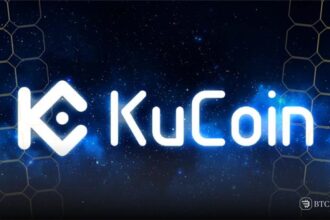The XRP Ledger has issued two new standards: XLS-65 and XLS-66. In particular, these updates allow lending on-chain with a completely new dimension: flexibility and creativity.
XLS-65: Single asset vaults
XLS-65 introduces a kind of vault known as the Single Asset Vault, which will enable such pools of liquidity in lending protocols, among others. This will eventually decouple liquidity management from core protocol operations for effective asset management.
Vaults work either in public or private modes, where participation can be open or restricted. Withdrawals are performed in a first-come, first-serve manner but can fit any future use case that needs custom policies.
Vault shares issued directly by the Vault can be designed to be either transferable or non-transferable to enable customized liquidity strategies. Compliance tools of freezing and clawback add a layer of security and regulatory compliance.
XLS-66: Uncollateralized lending protocol
XLS-66 provides a native Lending Protocol for fixed-term, uncollateralized loans. Liquidity is derived from Vaults, while risk is managed through off-chain underwriting and optional first-loss capital protection. Borrowers agree to fixed terms, and loans are tracked on-chain.
Payment schedules can also be flexible to include early or overpayments, principal reductions, and fees. It offers a number of grace periods for late payment along with late fees. The defaults initiate a recovery process, which strikes a balance between depositor protection and borrower accountability.
Impact on XRP Ledger
These changes further reinforce the DeFi ecosystem on XRPL: XLS-65 greatly amplifies the dynamics of liquidity, and XLS-66 ushers in a new wave of efficient, risk-managed lending. Both combined make for a great backbone of many innovative financial applications.
Future updates, including collateral support, will increase security further and unlock more lending scenarios. Thus, the XRPL has now added the most modern DeFi solutions to its already efficient and low-cost transactions, making this blockchain pioneer one important step closer to lending innovation.







